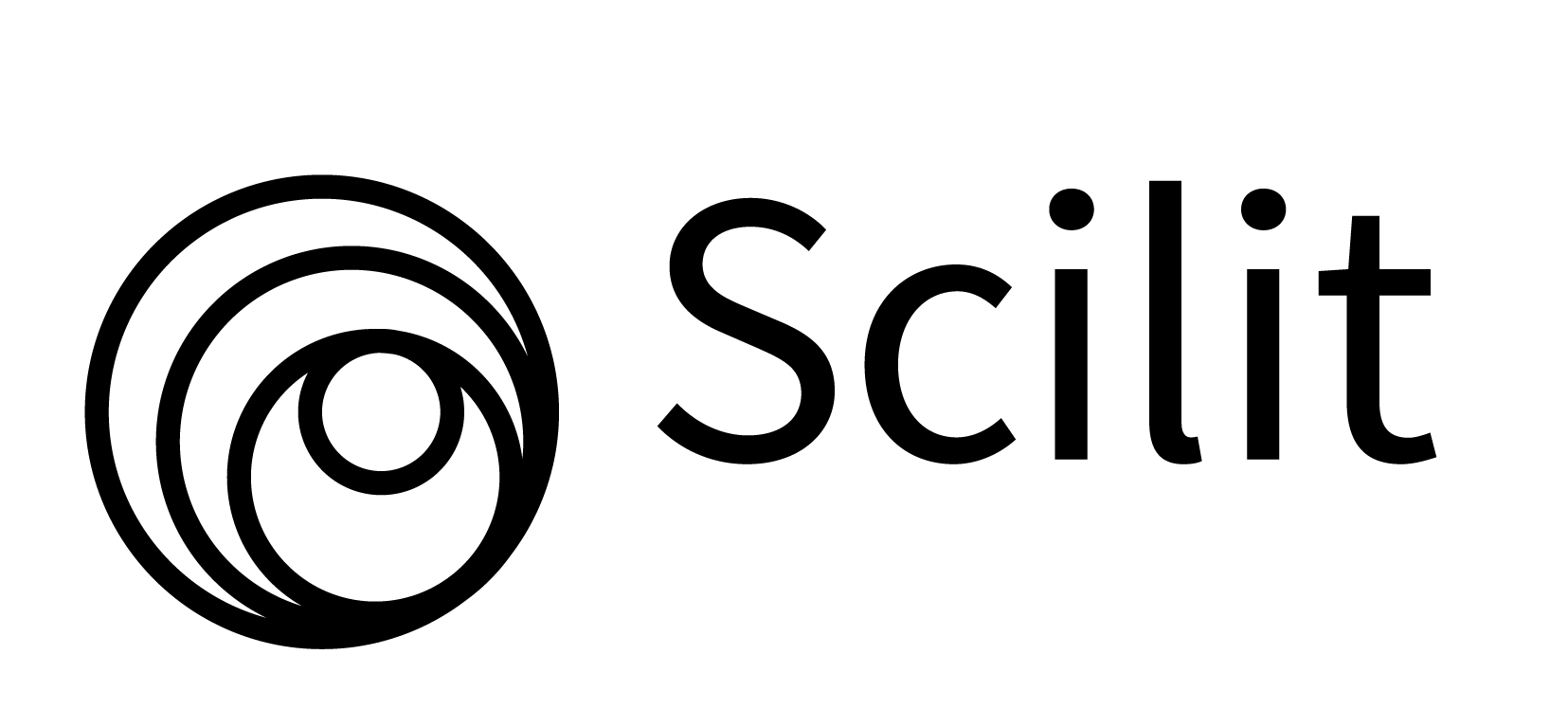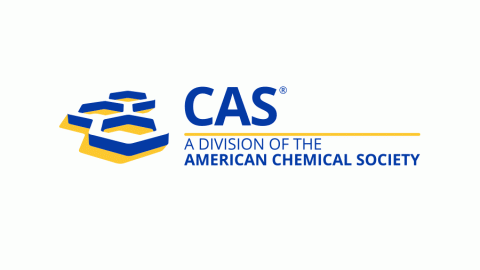Evaluation of reproduction biology of Prunus cerasoides
DOI:
https://doi.org/10.55779/nsb15311601Keywords:
anthesis, pollen, pollination, Prunus cerasoides, stigma, SEMAbstract
Prunus cerasoides have a high value in phytochemistry and pharmacology. It was classified as the Least Concern globally based on the IUCN red list due to its widespread distribution in eastern Asia. This research aims to evaluate the reproductive biology of P. cerasoides through the study of pollen morphology, pollen viability, stigma receptivity, and pollination in the Cibodas Botanical Garden, located in the Cibodas subdistrict of West Java, Indonesia. The pollen morphology was observed using SEM. Moreover, the pollen viability test was followed by the staining method (aceto-orcein 2%, I2KI 1%, TTC 1%) and in vitro pollen germination with thirteen treatments (aquadest [control]; 5-30% sucrose; and 5-30% sucrose + 5 ppm boric acid). Stigma receptivity was observed daily, from 7 days before anthesis until the anthesis stage. Furthermore, several types of pollination were evaluated, including open pollination, autogamy, geitonogamy, and allogamy. The results showed that the best staining method on P. cerasoides was aceto-orcein 2%, with pollen viability at 87.87%. The sucrose concentration of 25% at 72 hours of observation gave the highest pollen viability results, 52.48%. Stigma receptivity was optimal in the two days before anthesis until anthesis. The highest pollination efficiency was cross-pollination at 53.33%, with an average percentage of the total fruit set of 24.17%.
Metrics
References
Budiwati B (2014). Pemanfaatan Perkecambahan Serbuk Sari Tapak Dara (Vinca rosea L.) Secara In Vitro sebagai Alternatif Bahan Praktikum Biologi Perkembangan [Utilization of Tapak Dara (Vinca rosea L.) germination pollen in vitro as an alternative material for developmental biology practicum]. Jurnal Pendidikan Matematika dan Sains 2(1):75-84. https://doi.org/10.21831/jpms.v3i1.3894
Chang LS, Iezzoni AF, Flore JA (1987). Yield components in 'Montmorency' and 'Meteor' sour cherry. Journal of the American Society for Horticultural Science 112(2): 247‑251. https://doi.org/10.21273/JASHS.112.2.247
Dafni A (1992). Pollination ecology: a practical approach. Oxford University Press.
Dafni A, Maués MM (1998). A rapid and simple procedure to determine stigma receptivity. Sexual Plant Reproduction 11:177-180. https://doi.org/10.1007/s004970050138
Darjanto, Satifah S (1990). Pengetahuan dasar biologi bunga dan teknik penyerbukan silang buatan [Basic knowledge of flower biology and artificial cross pollination techniques]. PT. Gramedia. Jakarta.
Davarynejad GH, Szabó Z, Nyeki J, Szabó T (2008). Phenological stages, pollen production level, pollen viability and in vitro germination capability of some sour cherry cultivars. Asian Journal of Plant Sciences 7(7):672-676.
eFloras (2012). Flora of China. St Louis, MO and Cambridge, MA.
Frescura VDS, Laughinghouse IV HD, Cantodorow TSD, Tedesco SB (2012). Pollen viability of Polygala paniculata L. (Polygalaceae) using different staining methods. Biocell 36(3):143-145.
Garcia‑Montiel F, Serrano M, Martinez‑Romero D, Alburquerque N (2010). Factors influencing fruit set and quality in different sweet cherry cultivars. Spanish Journal of Agricultural Research 8:1118‑1128. http://dx.doi.org/10.5424/sjar/2010084-1238
Guerra ME, Rodrigo J (2015). Japanese plum pollination: A review. Scientia Horticulturae 197:674-686. https://doi.org/10.1016/j.scienta.2015.10.032
Hasanuddin H (2009). Penentuan Viabilitas Polen dan Reseptif Stigma pada Melon (Cucumis melo L.) serta Hubungannya dengan Penyerbukan dan Produksi Buah [Determination of pollen viability and stigma receptivity in melon (Cucumis melo L.) and its relation to pollination and fruit production]. Biologi Edukasi: Jurnal Ilmiah Pendidikan Biologi 1(2):22-28.
Hatta H, Mujahidin GAR, Fijridiyanto IA, Hashiba K, Darnaedi D (2005). Phenology and growth habits of tropical trees long-term observations in the Bogor and Cibodas Botanic Gardens, Indonesia. National Science Museum Monographs.
Joseph N, Anjum N, Tripathi YC (2018). Prunus cerasoides D. Don: a review on its ethnomedicinal uses, phytochemistry and pharmacology. International Journal of Pharmaceutical Sciences Review and Research 48(1):62-69.
Kartikawati NK (2008). Pengaruh tipe Penyerbukan terhadap Keberhasilan Reproduksi pada Tanaman Melaleuca Cajuputi Subsp Cajuputi [The effect of pollination type on reproductive success in Melaleuca cajuputi Subsp cajuputi plants]. Jurnal Penelitian Hutan Tanaman 5(2):99-107. https://doi.org/10.20886/jpht.2008.5.2.99-107
Kurniawan V, Putri DM, Normasiwi S, Surya MI (2021). Phenology and morphological flower of Prunus cerasoides Buch. - Ham. ex D. Don. In IOP Conference Series: Earth and Environmental Science 948(1):012047. https://doi.org/10.1088/1755-1315/948/1/012047
Li B, Xie Z, Zhang A, Xu W, Zhang CX, Liu Q, ... Wang S (2010). Tree growth characteristics and flower bud differentiation of sweet cherry (Prunus avium L.) under different climate conditions in China. Horticultural Science 37(1):6-13. https://doi.org/10.17221/36/2009-HORTSCI
Normasiwi S (2015). Flowering period of three species of Prunus collection in Cibodas Botanic Garden. Widyariset 1(1).
Rhodes L, Pollard RP, Maxted N (2016). Cerasus cerasoides. The IUCN Red List of Threatened Species 2016: e.T50026860A50670270.
Roversi A, Ughini V (1993). Influence of weather conditions of the flowering period on sweet cherry fruit set. In: II International Cherry Symposium 410 pp. 427-434.
Sari NKY, Ida AA, Eniek K (2010). Uji Viabilitas Serbuk Sari Buah Naga Super Merah (Hylocereus costaricensi) Setelah Penyimpanan [Pollen viability test of super red dragon fruit (Hylocereus costaricensi) after storage]. Jurnal Biologi Udayana.
Shivanna KR, Rangaswamy NS (2012). Pollen biology: a laboratory manual. Springer Science Business Media.
Stephenson AG (1981). Flower and fruit abortion: proximate causes and ultimate functions. Annual Review of Ecology and Systematics 12(1):253-279. https://doi.org/10.1146/annurev.es.12.110181.001345
Sulusoglu M, Cavusoglu A (2014). In vitro pollen viability and pollen germination in cherry laurel (Prunus laurocerasus L.). The Scientific World Journal. https://doi.org/10.1155/2014/657123
Sunita S, Jamwal R, Mattu VK (2018). Scanning Electron Microscopic study on pollens of eight bee floral resources from Hamirpur hills, Himachal Pradesh, India. Journal of Experimental Biology and Agricultural Sciences 6(6):1004-1009. http://dx.doi.org/10.18006/2018.6(6).1004.1009
Susko DJ, Lovett-Doust L (1999). Effects of resource availability, and fruit and ovule position on components of fecundity in Alliaria petiolata (Brassicaceae). The New Phytologist 144(2):295-306. https://doi.org/10.1046/j.1469-8137.1999.00524.x
Sutopo L (2004). Teknologi Benih [Seed Technology]. Jakarta. Divisi Buku Perguruan Tinggi PT Raja Grafindo Persada.
Wang ZY, Ge Y, Scott M, Spangenberg G (2004). Viability and longevity of pollen from transgenic and nontransgenic tall fescue (Festuca arundinacea) (Poaceae) plants. American Journal of Botany 91(4):523-530. https://doi.org/10.3732/ajb.91.4.523
Warid, Palupi ER (2009). Korelasi Metode Pengecambahan In vitro dan Pewarnaan dalam Pengujian Viabilitas Polen [Correlation of in vitro germination methods and staining in pollen viability tests]. Conference article of Agronomy Department and Horticulture, IPB University Bogor.
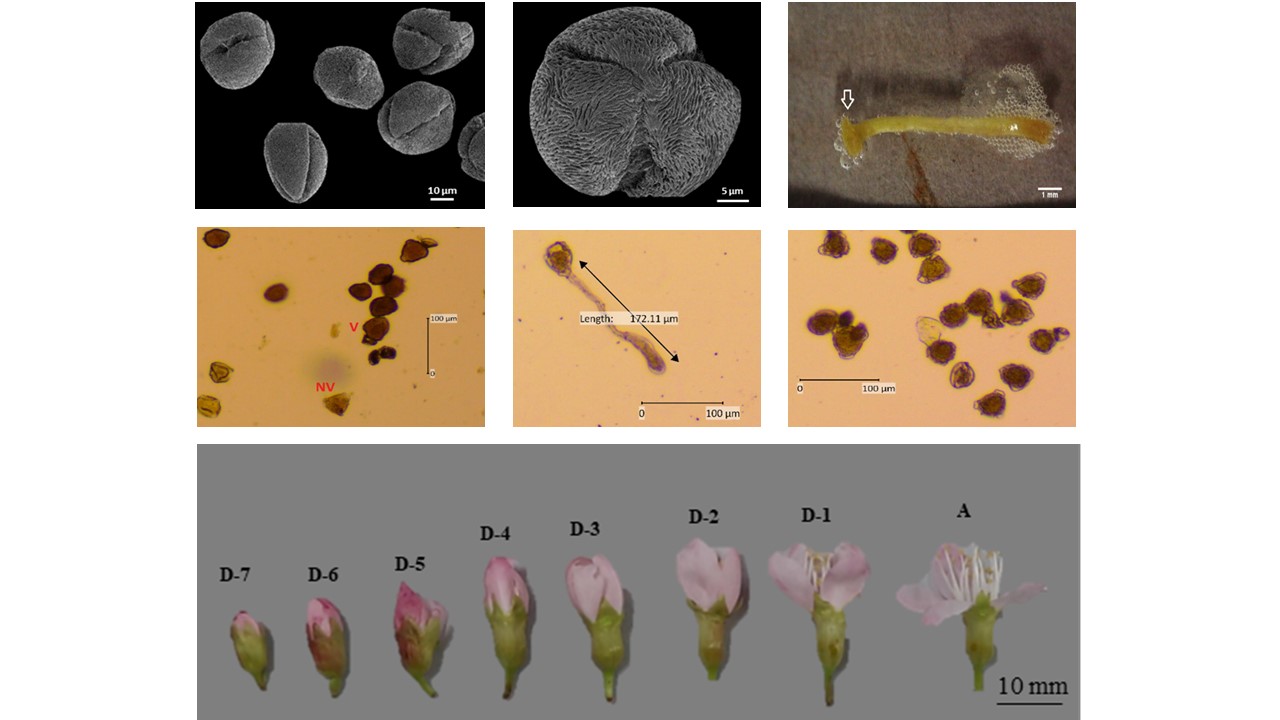
Downloads
Published
How to Cite
Issue
Section
License
Copyright (c) 2023 Suluh NORMASIWI, Siti S. HAFIZHAH, Ida ADVIANY, Muhammad I. SURYA

This work is licensed under a Creative Commons Attribution 4.0 International License.
Papers published in Notulae Scientia Biologicae are Open-Access, distributed under the terms and conditions of the Creative Commons Attribution License.
© Articles by the authors; licensee SMTCT, Cluj-Napoca, Romania. The journal allows the author(s) to hold the copyright/to retain publishing rights without restriction.
License:
Open Access Journal - the journal offers free, immediate, and unrestricted access to peer-reviewed research and scholarly work, due SMTCT supports to increase the visibility, accessibility and reputation of the researchers, regardless of geography and their budgets. Users are allowed to read, download, copy, distribute, print, search, or link to the full texts of the articles, or use them for any other lawful purpose, without asking prior permission from the publisher or the author.







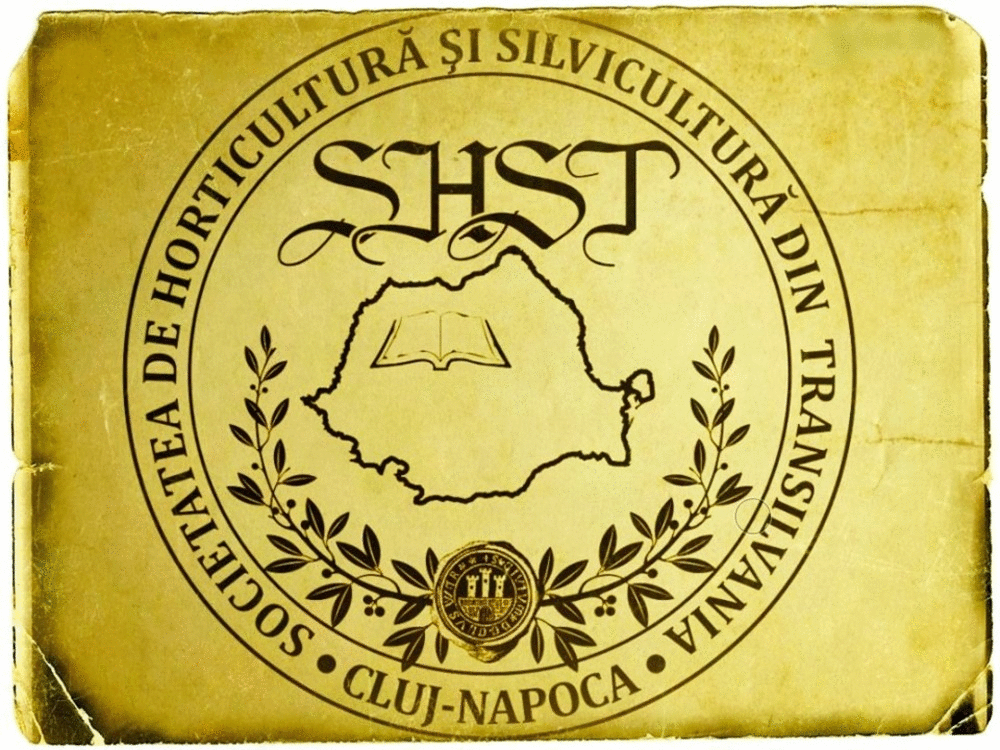
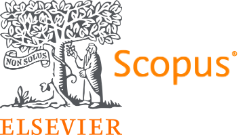




.png)



